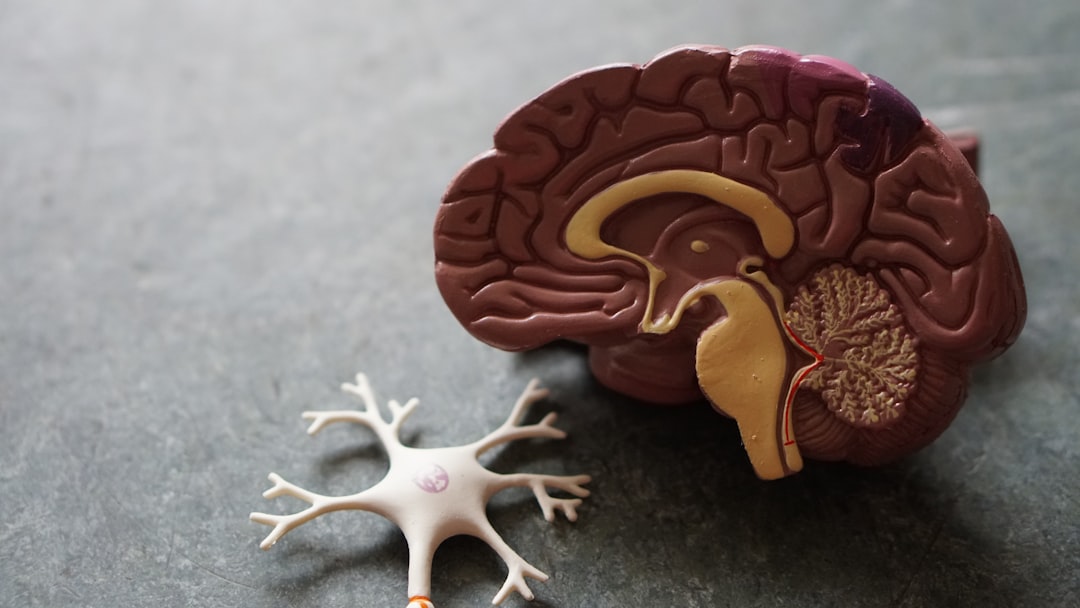What is it about?
The principal pyramidal neuron in layer 5 (L5) of rodents’ cortex receives input from thousands of other neurons via synapses. These synapses target the basal and apical regions of the dendritic tree of L5 pyramidal cell (Figure 1a). In response to its synaptic inputs the neuron generates an output consisting of either a single spike or, occasionally, a group of spikes in close succession, called a burst (Figure 1b). Output spike bursts are thought to implement key dendritic computations, such as coincidence detection of bottom-up inputs (arriving from the external environment and targeting mostly the basal dendritic tree) and top-down inputs (arriving from higher brain areas, targeting mostly at the apical dendritic tree. Burst output are also implicated it learning processes in the cortex. Using experimentally constrained computational modelling, the authors studied the synaptic-input conditions that generate bursts in L5 pyramidal neurons. They found two distinct classes of bursts, determined by the number and location of the synaptic inputs on the basal and apical dendrites, and by the number and frequency of the spikes composing the burst. Additionally, they showed how dendritic inhibition finely edits bursts (figure 1-C) and how different burst classes and respective dendritic inhibition impact synaptic plasticity (figure 1-D).
Featured Image

Photo by Bret Kavanaugh on Unsplash
Why is it important?
This work advances our understanding of the condition for generating and controlling the basic electrical “language” of the brain – individual spikes and different type of bursts of spikes. It also paves the way to connect these various spike-output types to learning and plasticity processes in the brain.
Perspectives
This article demonstrates the intricate power of the single neuron, creating different dynamics and learning scenarios by small changes in input timing and location. It also allows appreciation of the infinite possibilities of testing and manipulation of the biophysical neuron model. I hope it leads to further findings about the behavior of single neurons and their singular involvement in the wonders of learning and perception.
Eilam Goldenberg
Hebrew University of Jerusalem
Read the Original
This page is a summary of: Burst control: Synaptic conditions for burst generation in cortical layer 5 pyramidal neurons, PLoS Computational Biology, November 2021, PLOS,
DOI: 10.1371/journal.pcbi.1009558.
You can read the full text:
Resources
Contributors
The following have contributed to this page










